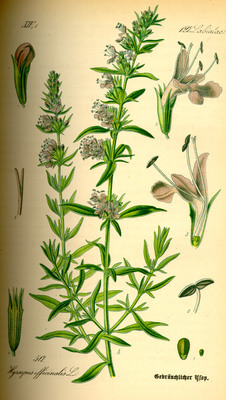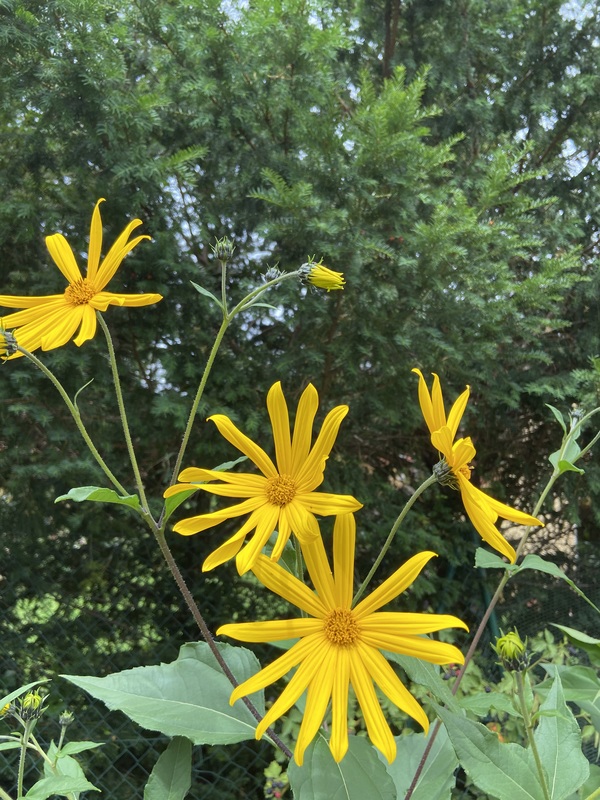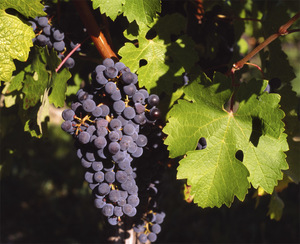Description
Hyssop is a plant native to the Mediterranean region. It has narrow, dark green leaves and small, blue or purple flowers that bloom in the summer. The plant grows to a height of about 1-2 feet and has a bushy, upright habit. It is differentiated from other plants by its square, woody stem and its aromatic leaves and flowers.
In terms of growing conditions, hyssop prefers well-drained soil and full sun. It is drought-tolerant and can be grown in a wide range of climates, including cold, temperate, and Mediterranean climates. To cultivate it successfully, a grower might need to prune the plant regularly to maintain its shape and to encourage new growth.
Hyssop is not particularly winter-hardy and may need to be protected from frost or grown in a greenhouse in cold climates. However, it can tolerate light frosts and may return in the spring if it is grown in a sheltered location.
In terms of edibility, the leaves and flowers of hyssop can be used in cooking, either fresh or dried. They have a strong, slightly minty flavor and are often used to flavor soups, stews, and salads. The leaves can be stored after harvest by drying them or by freezing them in an airtight container.
Hyssop has a number of uses beyond its culinary value. It has been used medicinally for centuries to treat a variety of conditions, including coughs, colds, and digestive disorders. It is also believed to have antibacterial properties and has been used as a natural disinfectant. In the garden, hyssop can be used as a natural insect repellent and can also be grown as a companion plant to help deter pests from other plants.
Hyssop is also valuable for wildlife, providing nectar for bees and other pollinators. Its upright habit and colorful flowers make it an attractive plant for any garden, and it is often grown as an ornamental plant for its visual appeal.




